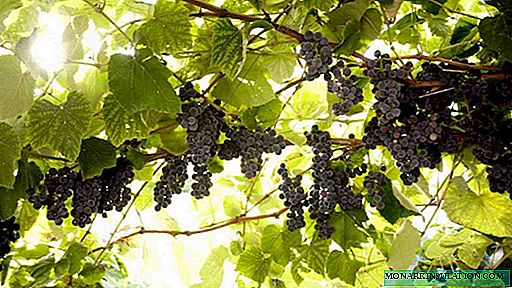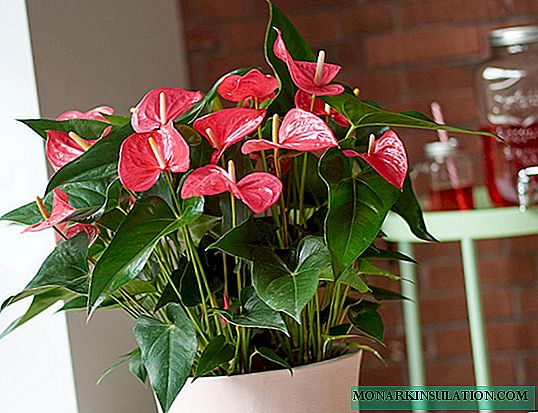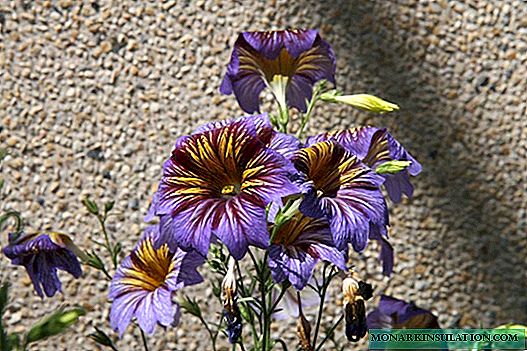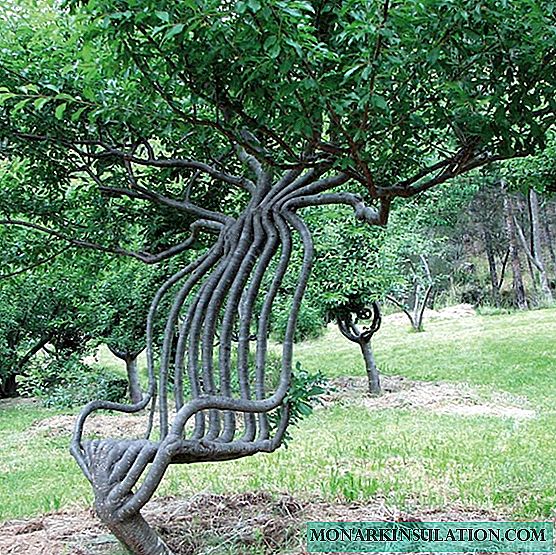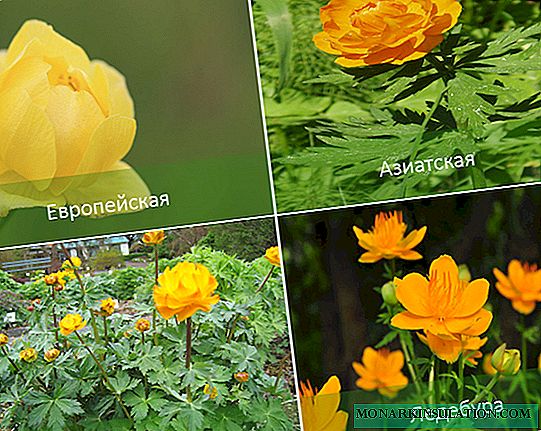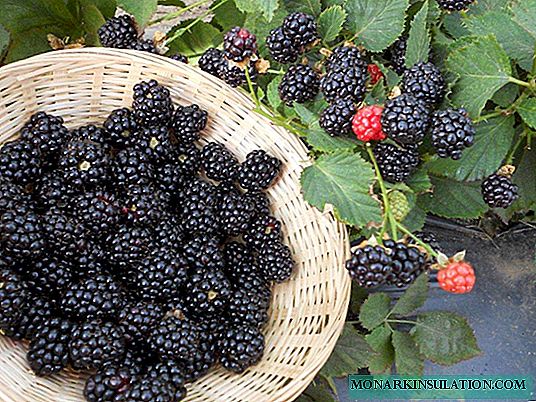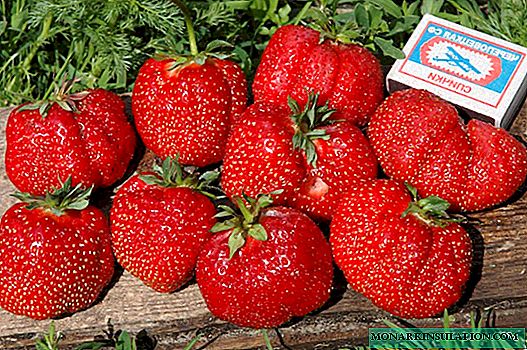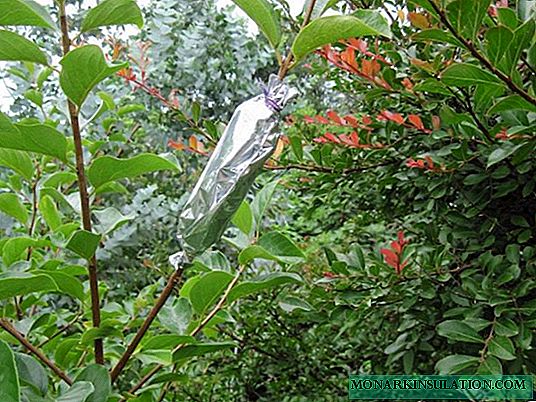Azistasia belongs to the Acanthus family. According to information from various sources, the genus includes 20-70 species. The plant can be found in Oceania, Africa, Asia.

Features of Azistasia
This is an evergreen, flowering shrub with straight stems reaching a height of 1 m. Leaves on short petioles, with a pointed end, prongs along the perimeter.
Every year, the plant loses part of the stems, but retains the buds. After a while, the formation of a semi-lignified trunk with drooping branches begins.
Purple, cream, grayish-violet, snow-white, blue bell flowers are collected in axil racemose inflorescences. Petals open and bent, have contrasting veins.
Types of Azistasia
Varieties adapted for home growing:
| Title | Flowers / flowering time | Leaves | Features |
| Gangetics (Ganges) | Violet, blue. Long, up to 7 months. | Good for health, they are put in a salad or eaten raw. | It requires a large volume of the pot (at least 15 l). |
| Beautiful (Makaya) | Large, often snow-white, less often pink or purple. Spring Summer. | Egg-oblong. | The most popular variety, which began to breed at home before the rest. |
| Variegate (Variegated) | Snow-white, tricolor. March to November. | Oval, with a sharp end. | It develops rapidly, an annual increase in cuttings of up to 35 cm is observed. Experts do not isolate it in a separate variety, it is generally accepted that this is a subspecies of the beautiful Azistasia. |

Caring for azistasia at home
The plant is still little studied, since it is relatively recently bred in apartments, but general rules for keeping it do exist. Seasonal flower care at home:
| Parameter | Spring Summer | Autumn winter |
| Location / Lighting | South window sills. It is recommended to take it to the street, terrace or balcony in warm weather. Bright, scattered. Not afraid of short exposure to direct sunlight. | Remove from a cold window. Extend daylight hours with phytolamps. |
| Temperature | + 20 ... +25 ° С | + 12 ... +18 ° С |
| Humidity | It does not matter, you do not need to spray. | |
| Watering | Abundant as the topsoil dries. | Not more than 1 time per month. |
| Use warm, settled water. | ||
| Top dressing | Complex mineral fertilizers for indoor flowering plants 1-2 times a month. | Not necessary. |
Pruning and pinching
The bush grows rapidly, over the spring-summer gives long shoots. In order for the plant to maintain a decorative appearance and have a lush crown, pruning and pinching are necessary. Azistasia is a new indoor breeding culture, not yet established when it produces flower buds. Therefore, it is necessary to determine the time for formation independently, through experiments.

Transfer
Adults and young specimens should be transplanted only if necessary: when the root system completely covers the earthen lump or the bush will hit a disease that requires replacement of the substrate.
The preferred time is March-April. If you do a transplant later, it will adversely affect growth and flowering.
The earth should be fertile, loose, light. For transplantation, a universal substrate purchased in a store is used. You can also prepare the soil mixture yourself from sheet earth, turf, sand in a ratio of 4: 2: 1.
The bush has a highly developed root system. The depth of the pot should be equal to its width. At each transplant, increase the volume of the tank by about 5 cm. Always lay drainage from expanded clay on the bottom.
The plant must be moved by transshipment. Fill the free space with fresh soil, squeeze it with palms around the stem. Leave the neck at the same level as before.
Diseases and Pests
The plant is resistant to diseases and insects. Ailments rarely affect him, as a rule, with errors in care:
| Manifestation | Cause | Remedial measures |
| Rotting rhizomes. | Waterlogging the soil. | Immediate Transplant:
|
| Thin web, dark dots on the green. | Spider mite. | Spraying with acaricides: Aktara, Actellik, Fitoverm. |

